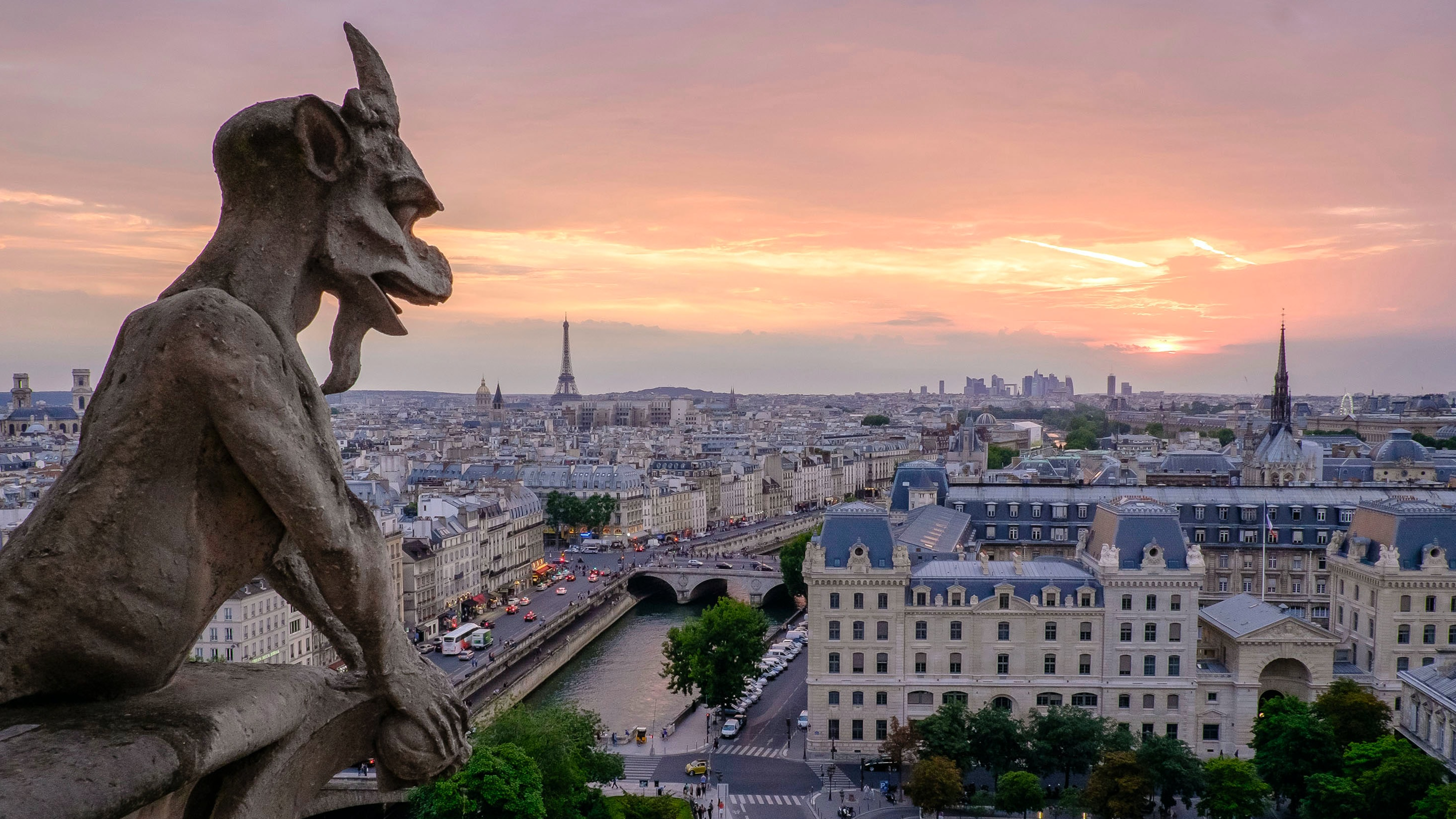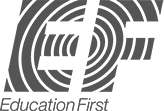Travelers on EF Study Abroad programs can receive our EF/Nobel Prize Museum Global Citizen Certificate, issued by EF Education First and the Nobel Prize Museum, upon completion of a multimedia project based on their study abroad experience. The Global Citizen Project is designed to equip students with the skills to be leaders for peace and global prosperity and can use this certificate of completion in their own resumes, LinkedIn profiles, and portfolio. Learn more about our Global Citizen Project.

Our travelers responded to this prompt: The Nobel Prize Museum celebrates the world-changing ideas of the Nobel Laureates, and their commitment to making the world a better, more truthful place. How did your travel experience help you deepen your appreciation of the global dimensions of your program, uncover a truth about the world, develop a new idea, or provide you with the knowledge, skills and attitudes that will enable you to contribute to making the world a better place?
EF Global Perspectives Project
Project submitted by: Kathryn Seu, Rowan University
Prior to this study abroad trip, the furthest I have gone from my hometown in suburban New Jersey was Lee County, Florida. As I start my Master of Arts in Holocaust and Genocide Education, it seemed necessary to visit the sites I study to further my understanding of the history. On the bus ride to the first concentration camp we visited, Sachsenhausen, there was an ever present feeling of discomfort and anxiety amongst all of the students. It seemed as though no amount of dramamine or imodium could cure the knots that sat in our stomachs. For myself and many others, traveling internationally was a huge feat let alone visiting a concentration camp for the first time. With an open mind, we set out on a tour with a fantastic guide.
While I had prior knowledge on Sachsenhausen, I was enlightened on the usage of this area under post-WWII communist rule. Getting to see the monuments erected during communist rule to commemorate the Soviet POWs, while simultaneously learning about the historical motivations for using this site as a way to push a certain narrative was a life changing experience. One monument in particular was shielding with some scaffolding and was thinly veiled. One of the tour leaders inquired about this and we learned that a few weeks prior to our visit that someone had vandalized this monument. The vandal had highlighted certain letters of the text at the base of the monument to read “freden,” which loosely translated to “peace” from German.
This particular aspect of the tour of Sachsenhausen struck me with various emotions. There was a feeling of remorse that a piece of history had been vandalized. On the other hand, there was a feeling of awe as I was seeing the narrative of this space change in real time. The vandal clearly chose this specific monument within this specific concentration camp to send a message about the war in Ukraine. While there was no doubt in my mind that vandalism should not be encouraged, I was interested in how the meaning of this concentration camp has changed over time. As said by the tour guide, this concentration camp was used to fit the Soviet narrative immediately after WWII and through the 1960s. These monuments that were created to fit the victimization narrative are still present at Sachsenhausen and are still being utilized to send a message – this time against Russia’s invasion of Ukraine. From a historical perspective, this perfectly exemplified how meanings of space and location change over time due to political and social pressures. Vandalism as a whole should be frowned upon but the given circumstances in Ukraine made the vandalism seem more like a cry for help rather than a petty crime.
Prior to this trip, and even this instance of learning more about the world and historical significance in real time, I had known I wanted to pursue graduate studies beyond a Master of Arts degree. Similarly, most of my prior research has been focused on imagery during Nazi Germany and perpetrator mindsets and ideologies. Being at Sachsenhausen to see the meaning and significance of this place be put on display in light of current events truly moved me. This trip has greatly inspired me to focus my graduate studies and research on how places meaning and significance changes over time and how the general public’s understanding of said space influences said significance.
I am not ignorant to the fact that my understanding of the Holocaust and genocide studies is far from common knowledge. Many states within the United States of America do not require Holocaust education in a public school setting. Despite this, education surrounding the Holocaust and other genocides is crucial to understanding current events. An individual with zero background information surrounding Sachsenhausen or how the concentration camp was memorialized after WWII would not understand the significance of having anti-Russian vandalism at the site. Due to this, the lack of relevant historical education surrounding these “hard histories” in America’s general history curricula has become increasingly apparent.
In my Holocaust and genocide education program, there is a heavy emphasis on enabling graduate students consider what Holocaust and genocide education looks like in a cross-cultural perspective. Through talking with locals and from my own observations, Holocaust education is much more accessible and common in Europe compared to America. Aside from the obvious advantage of being geographically closer to the sites where the Holocaust was perpetrated, their openness about their history is something that the American school system would greatly benefit from adopting. Through this trip, not only did America’s lack of education surrounding its own history become clear to me but so did America’s lack of prioritization of global history. When I returned from my trip, I asked some of my close friends and family members what they knew about Sachsenhausen and why this vandalism was so significant. None of them knew why and stated that they had no prior knowledge about Soviet memorialization after WWII. This was not explicitly their fault but rather a reflection of the lack of accessibility in America to this type of information.
As I move forward in my graduate school career, I plan to utilize this information and life-changing experience of studying abroad to bridge the gap between ignorance and global perspectives. Being ignorant on the topic of the Holocaust, genocide, and present day applications of past political motivations is a disadvantage that has been placed on Americans due to the lack of standardized education surrounding those topics and applications. When students are well-rounded on the social sciences, they will be better equipped to be informed citizens and agents of change. I hope to make this a possibility for students across the country by pursuing advanced degrees in Holocaust and genocide education to enlighten America’s public on the significance of learning about these topics and how they can be applied in a present day setting. As observed by the vandal at Sachsenhausen, there can still be relevant context at sites that many might not initially suspect. This area of study is one that America’s public would greatly benefit from, which is why making this type of information easily accessible to the public would greatly benefit everybody.
See the other Global Certificate projects here.

